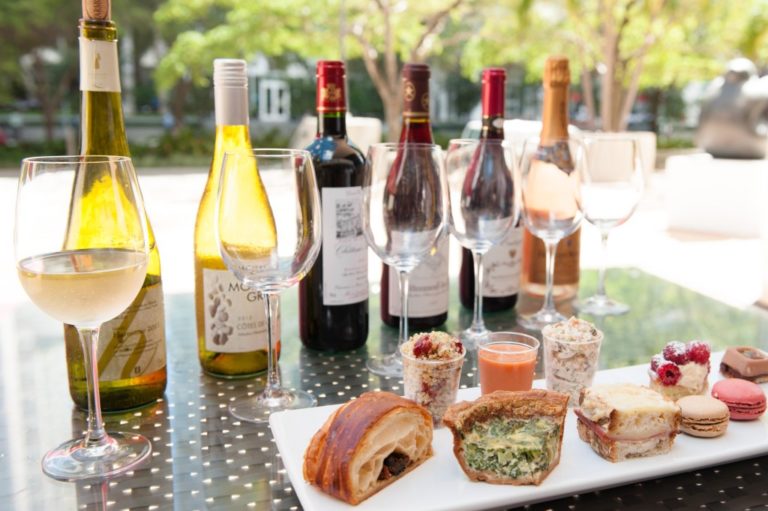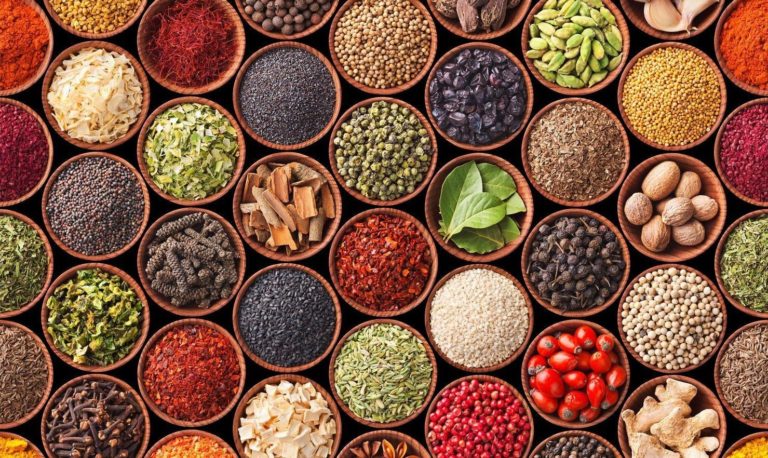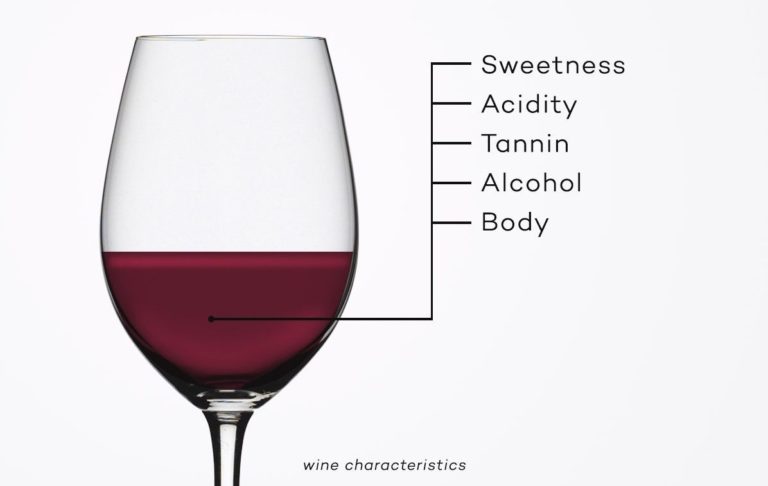
Perhaps you consider it one of life’s great mysteries –
- Where is Jimmy Hoffa?
- What really happened to the Ark of the Covenant?
- What is the true origin of Stonehenge?
- What is the secret to pairing food and wine?
The truth is, pairing an appropriate vintage with your favorite dish does not need to be difficult. All it takes is some common sense, self-confidence and following a few simple principles.
Before we begin, I beg you to bear in mind that the “Prime Directive” in wine and food pairing is – ALWAYS DRINK THE WINE YOU PREFER. After all, the ultimate goal is for you to enjoy both the food and the wine. Pairing just helps to facilitate the process and often results in more favorable combinations.
So, embrace the following guidelines and the wines that best please you.

There are six basic elements in all foods.
- Fat 2. Acid 3. Salt 4. Sweet 5. Bitter 6. Texture
Begin with two basic pairing principles:
- Match flavors that are similar.
- Pair in opposition.
What does that mean?
Well, if you’re serving a sweet dessert you should pair it with a sweet wine. Strawberry shortcake with a big dollop of whipped cream goes great with Moscato di Asti. See – sweet with sweet – same with same.
If your dish is tart or acidic it will probably be best served with a wine that has a high level of residual acidity. So, a ceviche might best be served with a crisp Sauvignon Blanc. Once again – same with same.
Conversely, sometimes pairing items in opposition is the best choice to strike a much needed balance. If the food is spicy hot, serve a sweet wine. The sugar in the wine will temper the spicy characteristics and offset the heat. A perfect match. With this example we see how opposites attract and often complement each another.

There are five key elements in wine that must be considered:
- Fruit 2. Acid 3. Sugar 4. Tannin 5. Alcohol
Okay, now armed with that information let’s set some basic “rules of thumb” that will guide you with your pairing: - Heat needs sweet.
As stated previously, any dish with a kick to it requires a solid amount of fruit and a level of sugar for balance. Try a Riesling, Chenin Blanc, Gewürztraminer or even a Viognier. But don’t get too sweet. Choose one that also offers some residual acidity. - Acid needs acid.
Again, the earlier example addresses this premise. Any dish you may wish to squeeze a lemon on, like fresh fish or veal piccata, requires a crisp, citrusy wine. Consider Sauvignon Blanc, Sancerre, Pouilly Fume, Semillon and Pinot Grigio. - Salty needs bubbles.
Sparkling wine goes well with so many foods that it’s almost always a great choice; one that lends a feeling of celebration to any occasion. The carbonation in the wine brings additional texture and flavor to salty foods like pretzels, snacks, fried foods, caviar, salty cheeses and rumaki. It doesn’t have to be expensive. Choose a Prosecco, Cava or French Cremánt. California sparklers work as well. - Fat needs tannin.
Here the focus is on texture. Tannin is a substance found chiefly on the skin of grapes. It finds its way into the wine during processing. Tannin causes a certain dryness or puckering on the palate, especially found in bold red wines. This texture is great in cleansing the palate when eating foods that contain a high level of fat such as beef, lamb, duck or sausage. Serve a bold tannic red with these dishes like Cabernet, Bordeaux, Syrah, Barolo, Chianti or Tempranillo. - Hors d’oeuvres pair best with a dry rosé.
You may be confused when simultaneously serving a array of items offering complex flavors. I recommend serving a dry rosé because it delivers the light crispness of a white with the intense fruit flavors of a red. This will accommodate a wide array of flavors. Now that the infamous White Zinfandel has become passé, beautiful rosé is flourishing and quite in vogue. Most rosé is made from the Grenache, Syrah and Cinsault grapes and is exquisite. You can also find some wonderful vintages made from Pinot Noir, Cabernet or Merlot. Ask you favorite retail wine person for a recommendation.
So, now there you have it. The mystery is solved. While not intended as a complete rendering of every aspect of pairing, those are some basics. Start with these principles and most of your pairing will be – people pleasing.
As for Jimmy Hoffa… we’ll save that for another time!
